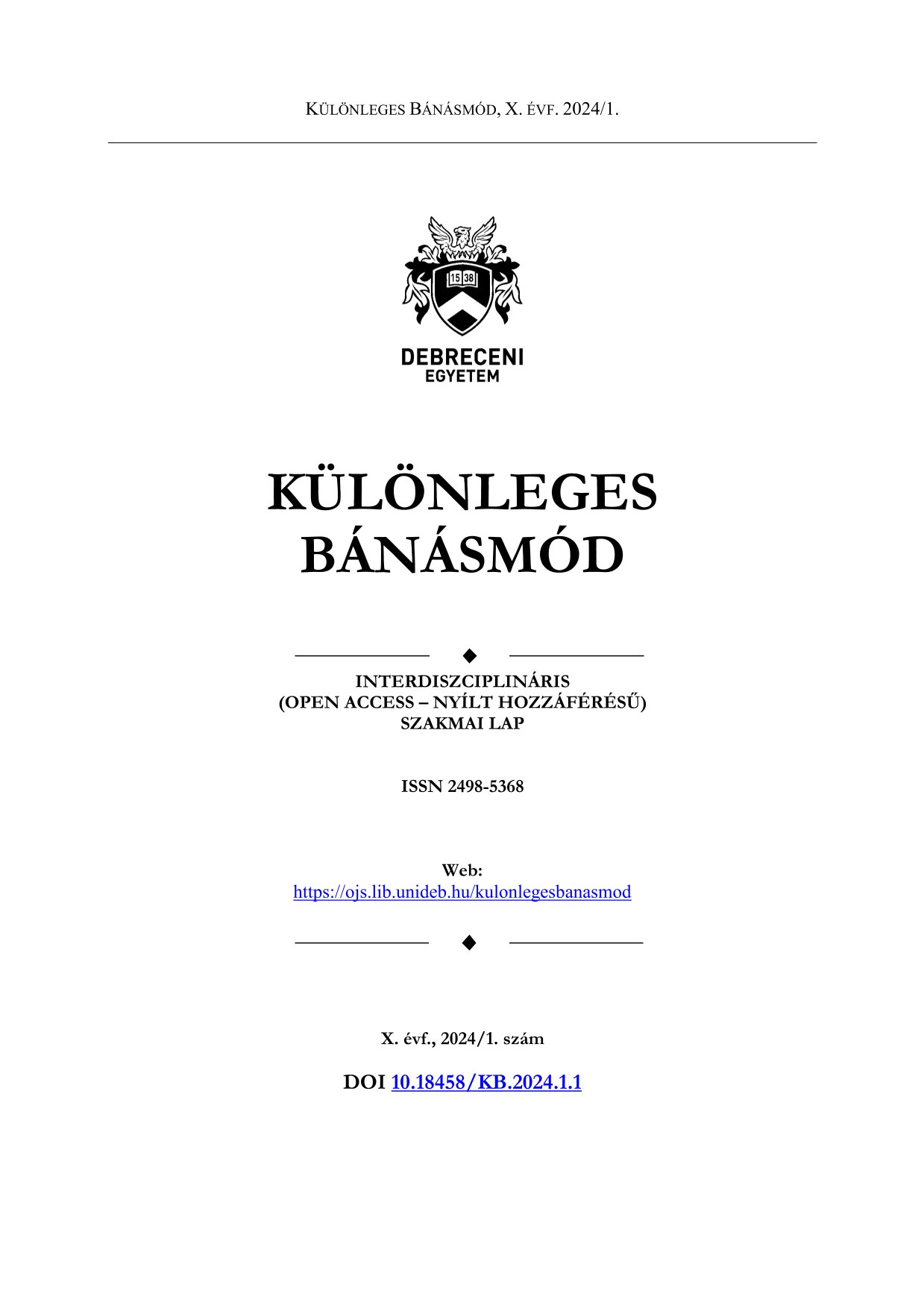The Analysis of Early School Leaving from the Aspect of Inter-Sectionality
Authors
View
Keywords
License
Copyright (c) 2024 Dr. Bocsi Veronika, Dr. Varga Aranka, Dr. Fehérvári Anikó

This work is licensed under a Creative Commons Attribution-NonCommercial-NoDerivatives 4.0 International License.
How To Cite
Abstract
Hungary ranks in the bottom third of the European Union regarding early school leaving, falling further and further away from the EU average year on year. The lower educational attainment and higher drop-out rates of Roma/Gypsy youth have been confirmed by several studies. Still, the descriptions are often two-dimensional, as in international approaches. The Hungarian Youth 2020 database allowed for a wider range of explanatory variables in the analysis. In our study, we examine the educational attainment of Roma youth aged 20-29 and then compare subsamples of Roma and non-Roma dropouts. Finally, we run a binary regression model on the database with early school leaving as the dependent variable and explanatory variables as background variables that may shape the odds of early school leaving. The social and economic backgrounds of Roma and non-Roma ESL learners differed, while parental education and subjective financial situation showed a less favourable pattern for Roma. The effect of Roma identity was significant in the regression model, but the explanatory power did not reach the effect of lower parental education. In other words, ethnic background is a crucial factor in dropout, while some segments of the family background are more significant.


 https://doi.org/10.18458/KB.2024.1.19
https://doi.org/10.18458/KB.2024.1.19